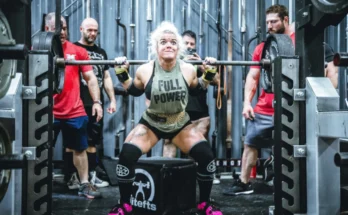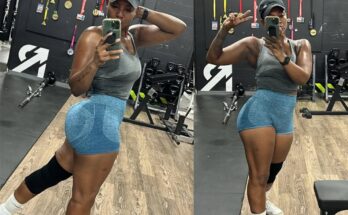How To Perform The Perfect Squat (FOR ANY BODY TYPE)
Scene: A bright, welcoming gym environment with the woman standing confidently in front of a mirror.
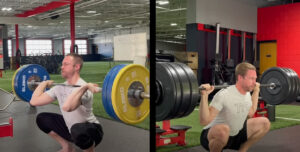
“Hi everyone! Today, we’re going to break down how to perform the perfect squat for any body type. Squats are one of the best exercises for building strength, toning your lower body, and improving overall mobility.”
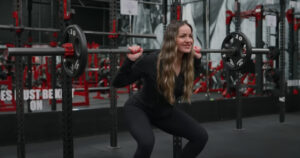
Visual: She demonstrates standing tall, feet shoulder-width apart, toes slightly pointing outward.
Dialogue:
“Start by setting your stance. Your feet should be about shoulder-width apart, and your toes should point slightly outward. This creates a stable base for your squat.”
Tip Overlay on Screen: “Pro Tip: Wider stances work the glutes more, while narrower stances target the quads.”
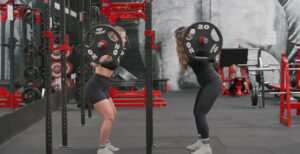
Visual: She places her hands on her hips, taking a deep breath, and tightens her core.
Dialogue:
“Before you move, engage your core by pulling your belly button toward your spine. This helps protect your lower back and keeps your posture strong.”
Overlay: Animated graphic showing the core muscles activating. Visual: Slow-motion of her lowering into a squat.
Dialogue:
“Push your hips back as if you’re sitting into a chair. Keep your knees tracking over your toes, and don’t let them cave inward.”
“Your chest stays upright, and your weight should be evenly distributed across your heels and mid-foot.”
Overlay Tip: “Avoid: Knees going too far past your toes or rounding your back.” Visual: She pauses at the bottom of the squat, thighs parallel to the floor.
Dialogue:
“Go as low as you can while keeping good form. Ideally, your thighs should be parallel to the ground, but flexibility and mobility will determine your depth.”
Overlay: “Modify depth based on comfort and joint mobility.” Visual: She slowly stands up, squeezing her glutes at the top.
Dialogue:
“Drive through your heels and stand back up, squeezing your glutes as you reach the top. Remember to keep your core tight throughout.”
Visuals: Quick cuts of common mistakes (e.g., knees collapsing inward, heels lifting off the floor).
Dialogue:
“Common mistakes include letting your knees cave in, your heels lifting, or your chest collapsing. Keep practicing with proper form to avoid these!”
Using a chair or box for beginners.
Adding a resistance band around the knees for stability.
Demonstrating sumo squats for those with tight hips.
Dialogue:
“If you’re just starting, use a chair or box for guidance. For more glute activation, try a wider stance or use a resistance band to keep your knees aligned.”
She smiles at the camera, towel over her shoulder.
Dialogue:
“And that’s it! With these tips, you can master the perfect squat for your body type. Remember, consistency and form are key. Now go crush those squats!”


